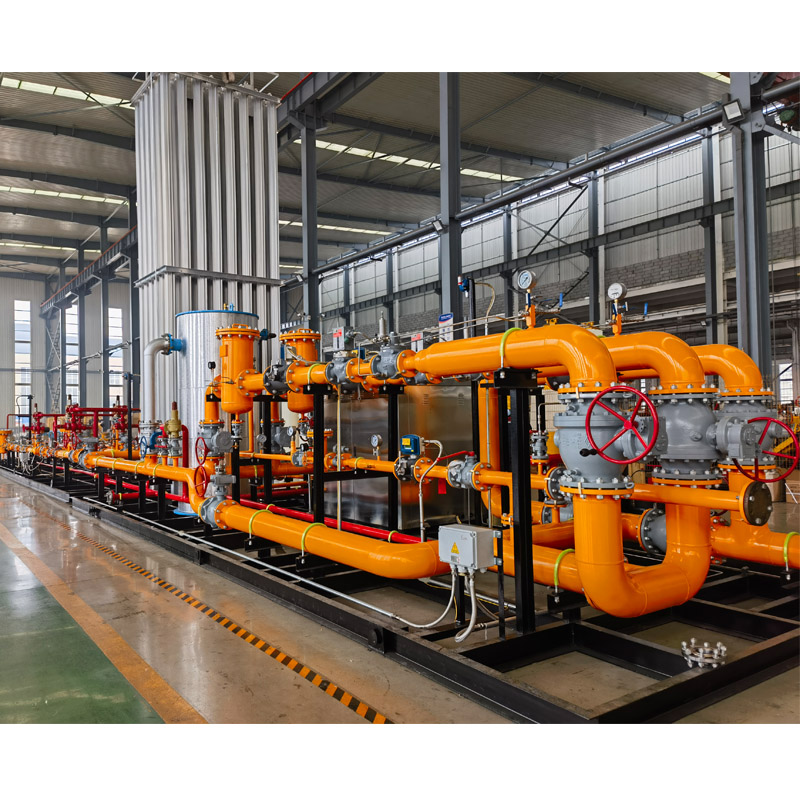
Dec . 15, 2024 18:39
Back to list
منظم الضغط
Understanding Pressure Regulators Essential Devices for Fluid Control
Pressure regulators, often referred to as pressure reducing valves (PRVs), play a crucial role in a variety of industrial and residential applications. These devices are designed to control the pressure of gases or liquids, ensuring that systems operate efficiently and safely. Their ability to maintain a constant output pressure despite fluctuations in input pressure makes them indispensable in many environments.
The Importance of Pressure Regulation
In many systems, maintaining the right pressure is critical for operational safety and efficiency. For instance, in gas distribution networks, high pressures are often reduced to safe levels for residential use. Similarly, in hydraulic systems, pressure regulators help to ensure that machinery operates within its designed specifications, preventing damage and minimizing risk.
Without proper regulation, high pressure can lead to equipment failure, leaks, or even catastrophic explosions. Regular monitoring and regulation not only enhance the performance of systems but also increase the lifespan of equipment, reduce maintenance costs, and ensure compliance with safety regulations.
How Pressure Regulators Work
Pressure regulators function based on the principle of feedback control. Essentially, they consist of an inlet where high-pressure fluid enters and an outlet where the reduced pressure fluid is discharged. Inside the regulator, there are typically several key components a diaphragm, a spring, and sometimes a set of valves.
1. Diaphragm This flexible membrane responds to the output pressure and moves accordingly. When the output pressure increases beyond the set point, the diaphragm pushes against the spring, closing the valve partially or fully to reduce flow and control pressure.
2. Spring The spring applies a counterforce to the diaphragm, maintaining the desired output pressure. By adjusting the spring tension, users can set the pressure to a specific level, which the regulator will then maintain.
.
When the pressure in the system drops, the diaphragm moves in the opposite direction. This action opens the valve, allowing more fluid to flow through and ultimately increasing the output pressure back to the desired level.
منظم الضغط

Types of Pressure Regulators
There are several types of pressure regulators, each designed for specific applications. The most common types include
1. Single-Stage Regulators These are typically used for applications requiring moderate pressure reductions. They are relatively simple and cost-effective.
2. Two-Stage Regulators These provide more precise control and are used in applications where pressure fluctuations are significant. They help minimize the dropping and rising of output pressure, providing a more stable supply.
3. Back Pressure Regulators These devices maintain a set pressure upstream by adjusting flow based on downstream pressure requirements. They are commonly used in process industries for maintaining system pressure.
Applications
Pressure regulators find applications in various industries, including
- Oil and Gas Ensuring safe distribution and use of gas in pipelines and facilities. - Manufacturing Controlling the pressure in pneumatic tools and hydraulic systems. - HVAC Systems Regulating air pressure to ensure efficient heating and cooling operations. - Medical Devices Ensuring safe delivery of gases like oxygen in medical applications.
Conclusion
The role of pressure regulators in everyday life and industrial applications cannot be overstated. They ensure that systems operate safely and efficiently, preventing potential hazards associated with high pressure. Understanding how these devices work and their various types can greatly enhance their effective implementation in any application, fostering a safer and more efficient environment. As technology advances, the role of pressure regulators will likely evolve, incorporating smart technologies for even greater levels of precision and control.
Latest news
-
Safety Valve Spring-Loaded Design Overpressure ProtectionNewsJul.25,2025
-
Precision Voltage Regulator AC5 Accuracy Grade PerformanceNewsJul.25,2025
-
Natural Gas Pressure Regulating Skid Industrial Pipeline ApplicationsNewsJul.25,2025
-
Natural Gas Filter Stainless Steel Mesh Element DesignNewsJul.25,2025
-
Gas Pressure Regulator Valve Direct-Acting Spring-Loaded DesignNewsJul.25,2025
-
Decompression Equipment Multi-Stage Heat Exchange System DesignNewsJul.25,2025

